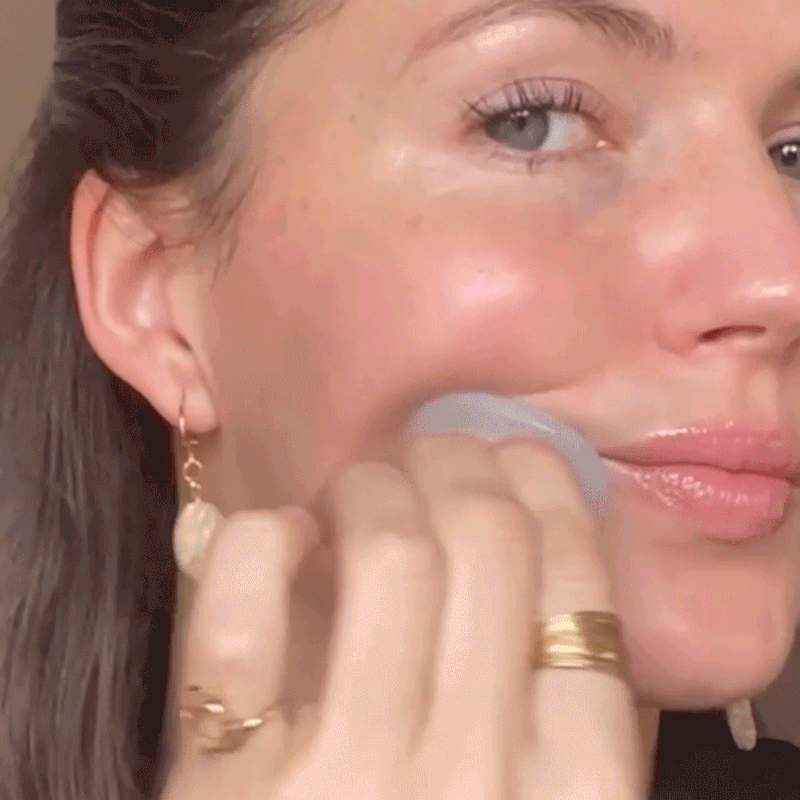What Facial Cupping Can Do For Your Skin
Facial Cupping Is An Old Healing Method
“The technique has roots in ancient healing traditions – specifically traditional Chinese medicine. Practitioners originally used cupping on the body to alleviate pain and treat various health conditions, and now it’s become an option for the face, too. Supposedly, it is the oldest healing method used to fight illness. Thousands of years later, there’s a reason it’s still around.” – Sakina Di Pace, founder of The Facial Cupping Expert
“Cupping is similar to gua sha in some ways. By encouraging lymphatic drainage and better energy flow, it improves the glow and bounce in your skin. It can also release any stagnations under the skin so oxygenated blood can flow more freely – and your complexion will look healthier overall.” – Elisabeth Williamson, skincare expert & beauty influencer
It Creates Controlled Mini Trauma
“When you squeeze a facial cup onto an area of your face, it creates a suction that pulls blood flow towards the surface of the skin. In this way, the surrounding tissue fills with fresh blood, then new vessels form. The result? Better blood circulation around your face. This suction motion creates a mini, controlled trauma to the skin – just like micro-needling. It kickstarts the natural healing process, sending more oxygenated blood to the area for better collagen production and firmer-looking skin. Better still, when done regularly, it helps to improve facial muscle tone. Our faces consist of 43 muscles, but they’re often neglected.” – Sakina
Your Neck Is The Place To Start
“Like gua sha, start by cupping at your neck to open everything up for optimum lymphatic flow. Just remember this area is delicate, so it’s important you create only very small suctions and never harshly drag the cup up or down. Then move onto the face. Again, using small suctions for a second or two at the time, work from the centre of your face and glide outwards towards the hairline. Finally, move onto the forehead, repeating the same motion, and continue to work upwards. Miniature cups are great for working on targeted areas, such as around the mouth, eyes, brows and fine lines across the forehead. To get the technique right, suction the area with a little wiggle of the tool, then pull up. You’ll see all the blood coming to the surface of the skin – which is a good thing.” – Elisabeth
Facial Oil Is A Good Companion
“Every successful facial cupping treatment starts with a high-quality oil. When choosing one, it’s worth remembering that facial cupping will improve product absorption, so look for an oil that’s kind to your skin – like organic ones, which minimise the risk of irritation. Avoid coconut or almond oil as these can leave the skin feeling greasy. Look for oils that include prickly pear seed. It is ten times more moisturising than argan oil and it’s full of antioxidants, as well as fatty acids to plump and quench your skin. Really layer it onto your skin so your cup can glide smoothly.” – Sakina
Lips Can Benefit Too
“Don’t forget to cup your lips. It’s an excellent – albeit temporary – way of making them looking plumper. Use three cupping strokes as you move around the skin for optimum results. The midline section of your face, towards your ears is the location of other lymph nodes, so pay attention to this area too. Keep the cups moving at all times to avoid any marking on your skin, but above all, be gentle and careful – especially around the eyes. Instead of sliding your cups, use the ‘flash cupping technique,’ which consists of squeezing then releasing in rapid motion.” – Sakina
A Medium Pressure Is Best
“To get the most out of facial cupping, you need to adopt the right pressure. Never go too hard, or you’ll over stretch the skin. You want to create a suction for a second without moving it, then begin to glide outwards. This way, you’ll get a nice, smooth pull. Because the pressure is relatively firm, it’s easy to overdo facial cupping, limit it to three or four times a week maximum.” – Elisabeth
“The stronger you squeeze the cup, the stronger the suction will be, and you want to use a lower suction if possible. Imagine the facial cups as a vacuum but set at its lowest power. If you adopt this pressure, your facial cups won’t cause any marks, but don’t be alarmed if you do get some redness – this is simply the blood being brought to the surface. It’s a beneficial response as it gets more oxygen and nutrients to the areas. That said, if your marks and redness don’t calm down after a few hours, you’re probably suctioning the skin too hard.” – Sakina
Consistency Is Key
“Facial cupping sessions should last between five and 20 minutes only. Doing it for longer can result in breakouts and bruising. Eventually, you can work up to cupping anywhere between one and three times a week but remember, take your time and consistency is crucial. You want to increase blood circulation in your facial muscles and maintain it. Facial cupping will wake those muscles up – but they need time to become accustomed to a new routine.” – Sakina
Evening Is Better For Cupping
“Evening is a great time for cupping because it’s when your skin regenerates. Make sure you’re using good cupping tools that are malleable and glide over your skin with ease. Also, avoid cupping when you feel unwell. You’re stimulating your lymphatic system, so you shouldn’t overwork it when you’re under the weather.” – Elisabeth
Finally, Cup With Caution
“Facial cupping is a powerful, natural facial treatment, but not everyone is a good candidate. For example, don’t cup if you’ve had a Botox injection in the last three months. Likewise, if you have thin or sensitive skin that bruises easily, try to avoid it. You should never perform facial cupping over an inflamed area, or any open wounds. You’ll know you’re doing it right by the feel alone. Not only will it help to relax the tension you have on your face, over time it will improve the appearance of everything from fine lines and dullness to dryness and uneven skin tone. A workout for the face, it can be hugely beneficial.” – Sakina
Follow @TheFacialCuppingExpert & @Elisa_Lune
Visit TheFacialCuppingExpert.com for more advice & tips
Shop Our Product Edit
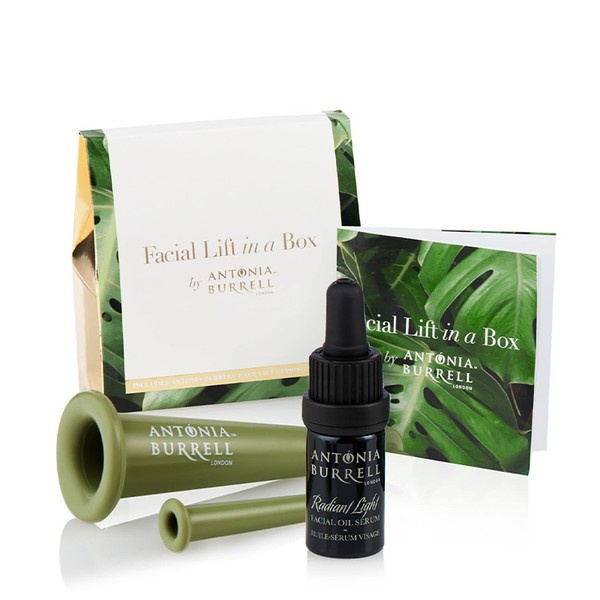
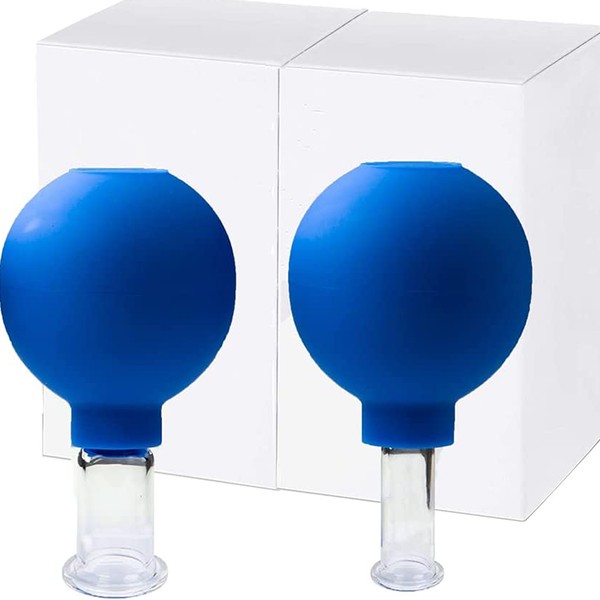
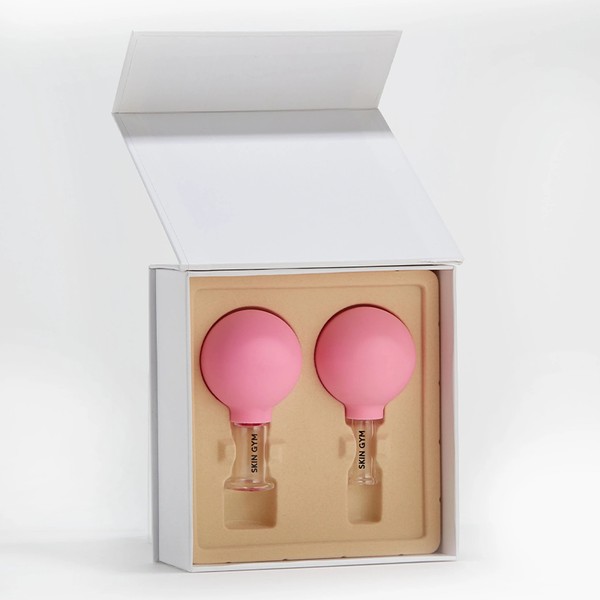
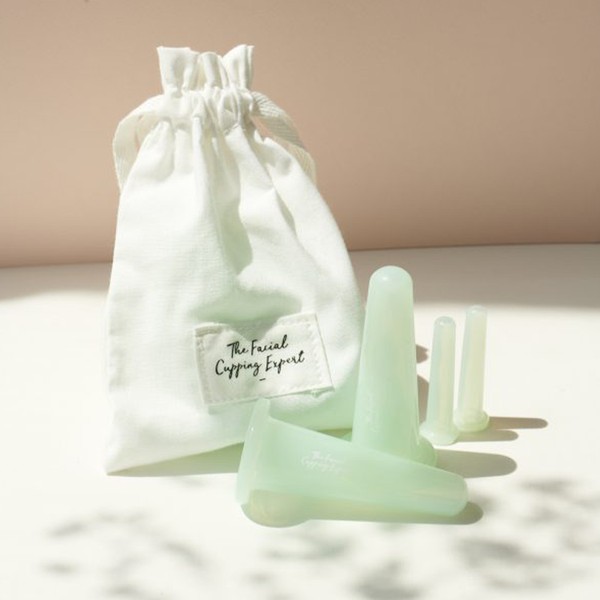
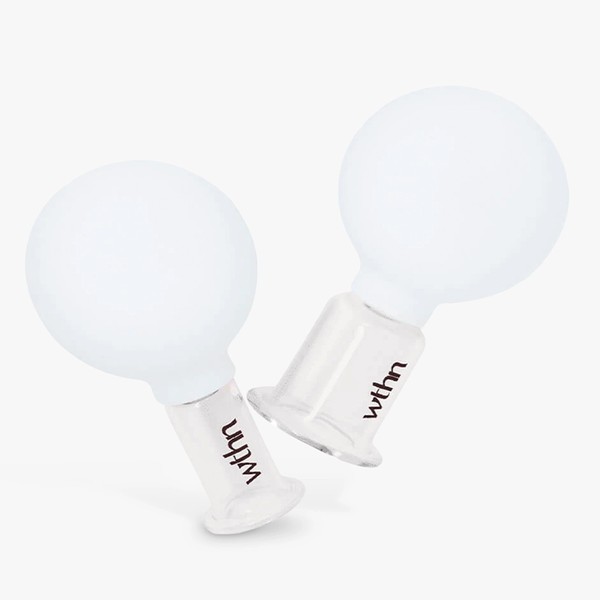
DISCLAIMER: We endeavour to always credit the correct original source of every image we use. If you think a credit may be incorrect, please contact us at info@sheerluxe.com.
